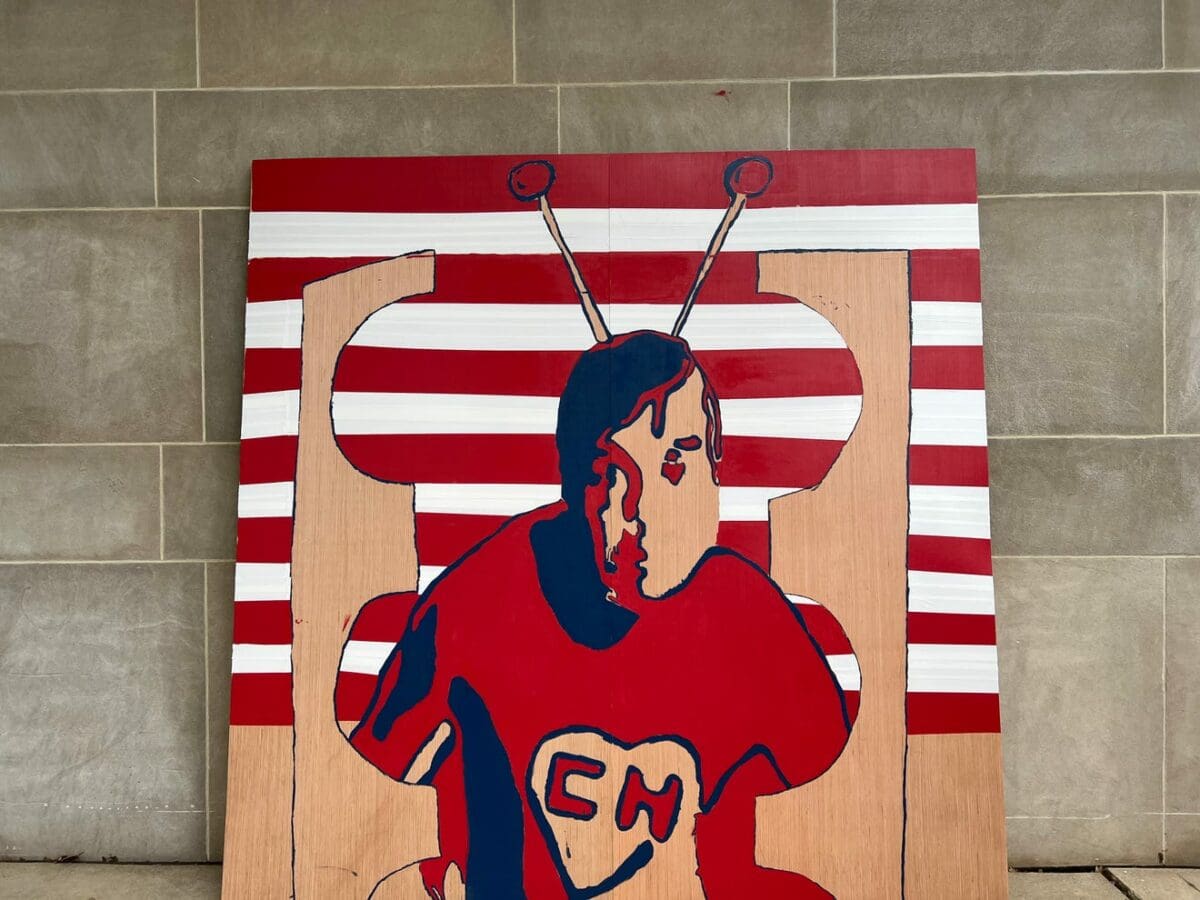
If you were born after 1985 and did not have an aunt or grandmother who watched Spanish language television, you probably have no idea who El Chapulin Colorado is.
Despite all of his noble attributes, most of his success in battling evil doers came by chance, mistake, or simple coincidence. Think Real American Hero, but more brilliant. He even had his own introduction and set of catchphrases to assist in his heroic witty banter. He was introduced, Más ágil que una tortuga, más fuerte que un ratón, más noble que una lechuga, su escudo es un corazón… ¡Es el Chapulín Colorado!
(More agile than a turtle, stronger than a mouse, nobler than lettuce, his shield is a heart… It’s the Red Grasshopper!)
Some of his choice lines include:
• “¡Síganme los buenos!” (“Good guys, follow my lead!”) — as he would sometimes later on walk into a wall or fell from where he was standing. It would occasionally prompt the villains to say later on “¡Síganme los malos!” (“Bad guys, follow my lead!”)
• “Lo sospeché desde un principio” (“I suspected it all along”) — which he would say after someone pointed out something obvious that he had missed.
• “Lo hice intencionalmente, para…” (“I did it intentionally, to…”)- to justify a dumb action, for example: “I did it intentionally to calculate the resistance of the wall”, after walking straight into it.
• “Todos mis movimientos están fríamente calculados” (“All my movements are coldly calculated”) – his explanation for falling on his face, breaking something valuable, etc. May be spoken stand-alone, but always follows the previous quote.
• “Se aprovechan de mi nobleza” (“They take advantage of my nobility”) — which he would usually say after an insult, like “We should’ve called Superman or Batman…”, or when he is forced to do something against his will)
• “Yo opino…” (“In my opinion…”) — a phrase always left unfinished because someone always interrupts him. Sometimes with “¡No opines, Chapulín!” (“Don’t give your opinion, Grasshopper!”), but mostly with others insisting on their point, not letting him bring it up again.
• Also, in trying to provide advice, he would take two traditional two-part Spanish sayings and mix them up, always beginning with “Como dice el viejo y conocido refrán…” (“As the old and well-known saying goes…”). For example, “Cría cuervos y te sacarán los ojos” (“Raise crows and they’ll pluck your eyes out”; i.e., what goes around comes around) and “Crea fama y échate a dormir” (“Make a name for yourself and then go to sleep”; i.e., once you have made a reputation for yourself, things will take care of themselves) become “Cría cuervos y echate a dormir… No, no, no… Crea buena fama y te sacaran los ojos… No… (in this part, he begins to mix both wrongly said quotes creating an elongated phrase confusing both himself and his listeners) “Bueno, la idea es esa.” (“Raise ravens and then go to sleep… No, no, no… Make a good name for yourself and they’ll peck out your eyes… No… (in this part, he begins to mix both wrongly said quotes creating an elongated phrase confusing both himself and his listeners) Well, that’s the idea.”)
• “Que no cunda el pánico” (“Nobody panic”) would become “Que no panda el cúnico” (“Pabody nonic”).